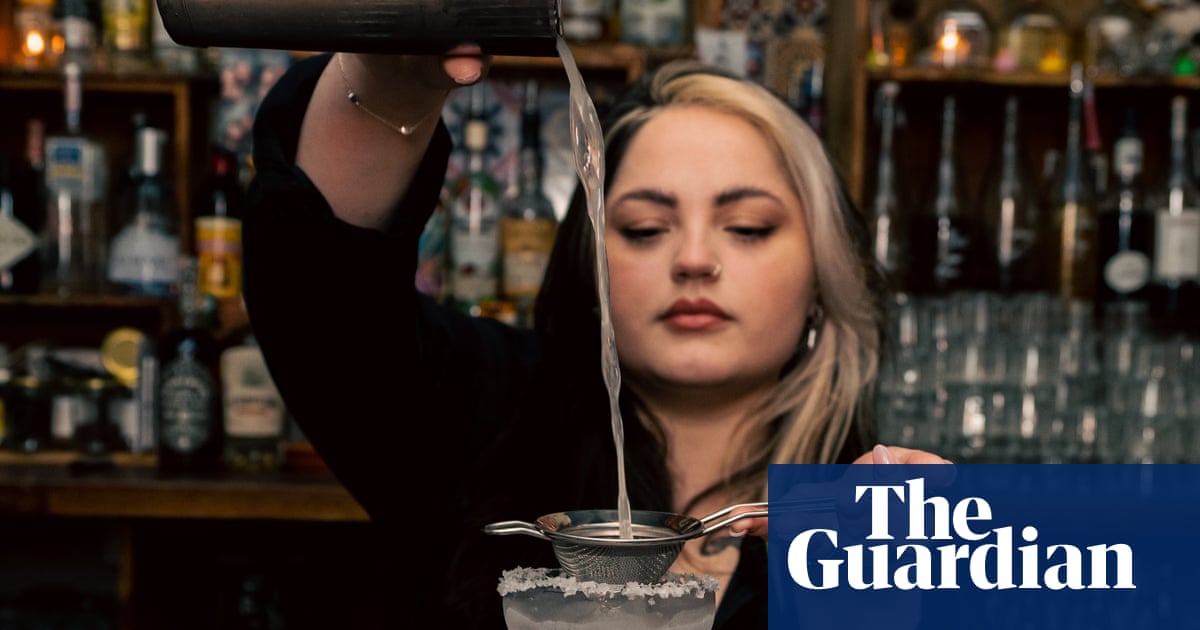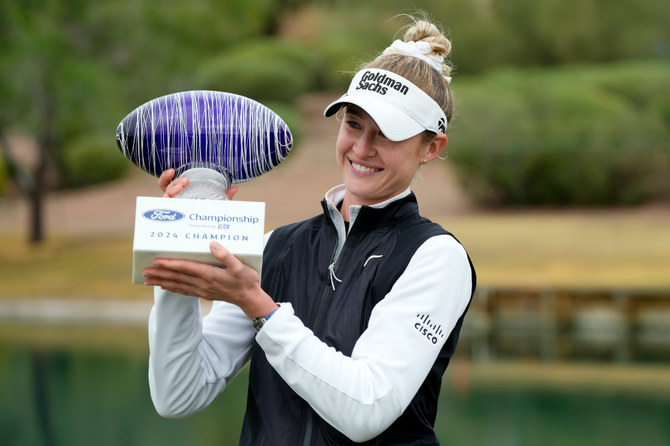
hen Diana Rigg made her Broadway debut in 1971, the theatre programme Playbill introduced her in terms that established the wide range of work and appeal that still marked her career at her death today, five decades later, at the age of 82.
The then-31-year-old Yorkshirewoman, theatregoers were told, was “a highly established star of the theatre, motion pictures and films in England” who had recently “become popular in the United States as the glamorous Emma Peel in The Avengers television series and as the leading lady in the latest James Bond film, On Her Majesty’s Secret Service”.
The play that had brought her to America was Abelard and Heloise, in which she played a young 12th-century Frenchwoman who became a nun in order to be close to her former lover, who had been castrated and forced to live as a monk for his adultery with her. The script was by Ronald Millar, who went on to become Margaret Thatcher’s chief speechwriter, giving her the line “the lady’s not for turning”.
Though it won Rigg the first of her four Tony award nominations, Abelard and Heloise proved in one sense a bad turn for the lady. The critic John Simon, at a time when male reviewers claimed the right to appraise women’s bodies, described her appearance in a nude scene as resembling “a brick mausoleum with insufficient flying buttresses”.
The actor’s response to this misogynistic calumny was characteristically strong-minded and pragmatic. She began to collect brutal reviews other performers had suffered, editing them into a collection, No Turn Unstoned (1989).
Trading fame in TV and film roles to star in a serious new play, though, remained typical of Rigg’s rare ability to move through media and genres. The fact that the first news reports of her death described her as “a star of Game of Thrones” (she was Olenna Tyrell, matriarch of one of the houses of Westeros, from 2013 to 2017) would have bemused rather than infuriated her, in the way that it might other performers whose long and rich careers are reduced to the most widely recognised element.
She was proud of her populist roles, and untroubled by the part that her striking beauty and physique played in being cast first as Emma Peel in The Avengers (ITV, 1965-68) and then as Tracy opposite George Lazenby’s only outing as 007 in On Her Majesty’s Secret Service (1969).
Although her Avengers character was named by the male writer via a pun on M[an] Appeal, and her Bond character was unusual in marrying the secret agent, both women were tough and independent, qualities that Rigg naturally radiated. Peel ran and fought her way into and out of trouble long before Lara Croft came along. Rigg was also a feminist offscreen: finding out that some male members of the technical crew on The Avengers were earning more than her, she threatened to leave the series unless she received a pay rise, a pioneering example of an equal pay strike in showbiz.
Rigg’s 1960s kick-ass screen roles would only have felt a burden to her if they had led to typecasting or restricted her stage work. And this was never the case, theatre producers appreciating the impact of her fame on ticket sales, and screen studios grateful for her stage-honed ability to bring heft to even the lightest lines.
Her CV from the mid-70s illustrates the elegant ease with which she jumped in and out of cultural boxes. After Abelard and Heloise, she appeared at the National Theatre in London, creating the role of Dorothy Moore, a popular singer married to a much older professor of philosophy, in Tom Stoppard’s Jumpers (1972), bringing her strong singing voice and screen-star glamour to a scene in which she swings onto stage sitting on a vast glittery moon. (In 1978, she created a second Stoppard heroine, Ruth Carson, bored wife of a British mine owner in Africa, in Night and Day. In Hermione Lee’s forthcoming biography of Stoppard, Rigg expresses regret that she only worked with the writer twice; a feeling he shares.)
Jumpers established Rigg as one of the National’s leading stars, which she confirmed with powerful vocal and physical presence in two modern adaptations of classical French verse plays: The Misanthrope (1973), from Molière, and a Racine adaptation by Tony Harrison, Phaedra Britannica (1975).
But it was emblematic of her professional double-life that, during the same period, Rigg made the cult horror movie Theatre of Blood (1973), which, in another post on her therapeutic journey from that Broadway review to No Turn Unstoned, features a Shakespearean actor taking revenge on drama critics. Her following from Peel and Bond then gave her a shot at American peak-time TV fame. Following the US fashion of actresses (such as Mary Tyler-Moore and Lucille Ball) playing scarcely disguised sitcom versions of themselves, Rigg in Diana (CBS, 1973-74) was “Diana Smythe”, a Brit living in New York. It was moderately successful.
There was an oblique autobiographical aspect to Phaedra Britannica. Harrison’s version is set during the British occupation of India. Although born in Doncaster, Rigg spent a stretch of her childhood in the Indian city of Jodhpur, where her father, an engineer, worked for the state railways. As a young girl, she spoke fluent Hindi. In the way of the colonial era, Diana was sent home for an English private education, first in Buckinghamshire, and then Pudsey, in her birth county. She always identified as a Yorkshirewoman. Only children away from home often develop strong compensatory imaginations, which can make a writer or, in Rigg’s case, an actress. She was accepted at Rada, the strength of the class of ’57 shown by her contemporaries including Glenda Jackson and Siân Phillips, who, like her, would become Dames of British entertainment.
A five-year contract with the Royal Shakespeare Company from 1959 gave her the classical grounding that she would later put to versatile purpose. Prophetically, a Cordelia in King Lear was noted for proto-feminist sassiness and physical strength, which she may have later channelled for Ms Peel.
Skilled at representing sensuality, Rigg was also effective at suggesting the denial or suppression of sex. Heloise on Broadway was the first of a run of nuns she played across her career. In a TV film, In This House of Brede (1975), from a novel by Rumer Godden, she portrayed a successful businesswoman who enters a convent to renounce monetary success. She was a Mother Superior in the film The Painted Veil (2006), and is another head nun in one of her final roles, due for release next year: another convent-set Godden adaptation, Black Narcissus. This habitual casting reflected her commanding presence, but also drew on her interest in spirituality.
When, by the industry’s harsh judgement of women, the flow of glamour roles slowed from the 1980s, Rigg’s range and training enabled her memorably to explore feminine menace: as Lady Dedlock in an adaptation of Dickens’s Bleak House (BBC, 1985), and a terrifying mother-in-law in Mother Love (BBC, 1989). Both roles, combining classical and horror acting, won her acting awards.
In Ah, But Underneath, a new song Stephen Sondheim wrote for a 1987 London revival of his musical Follies (a back injury prevented her from performing the high-kicking original number), her character laments “the curse of versatility”. But, for Rigg, and her audiences, her ability to do anything was a blessing.
Rigg always said she hoped only to be retired from acting by death, and so it proved. She is currently on TV as the domineering pet-owner Mrs Pumphrey in the Channel 5 remake of All Creatures Great and Small, filmed, to her delight, in Yorkshire, her favourite place apart from France.
When Rigg made her final Broadway appearance, in a 2018 revival of My Fair Lady, she noted in her biography in the Playbill programme, that she “owns a chateau in France and is a dry-fly fisherwoman who has caught a 24 and a half-pound salmon, which she considers her greatest achievement to date”.
She knew quite well that wasn’t the case, but it was very her to say it was.












